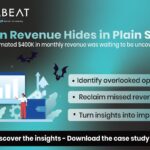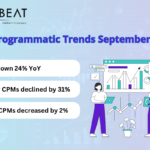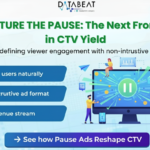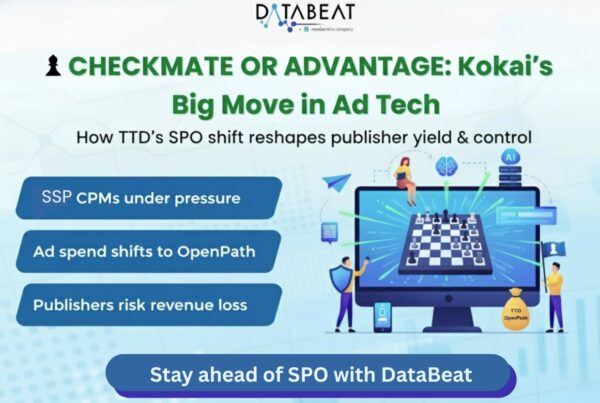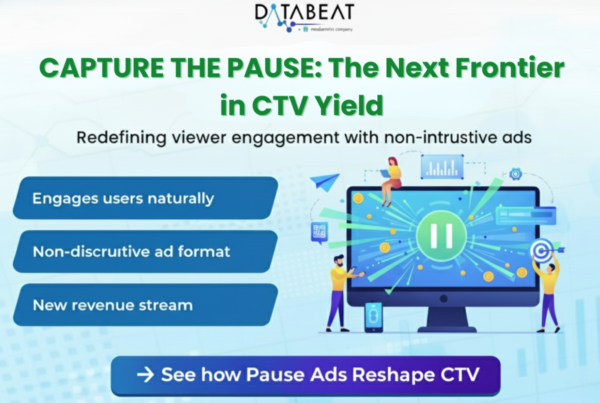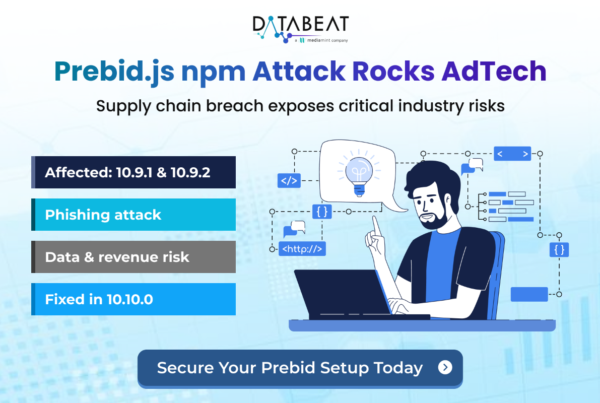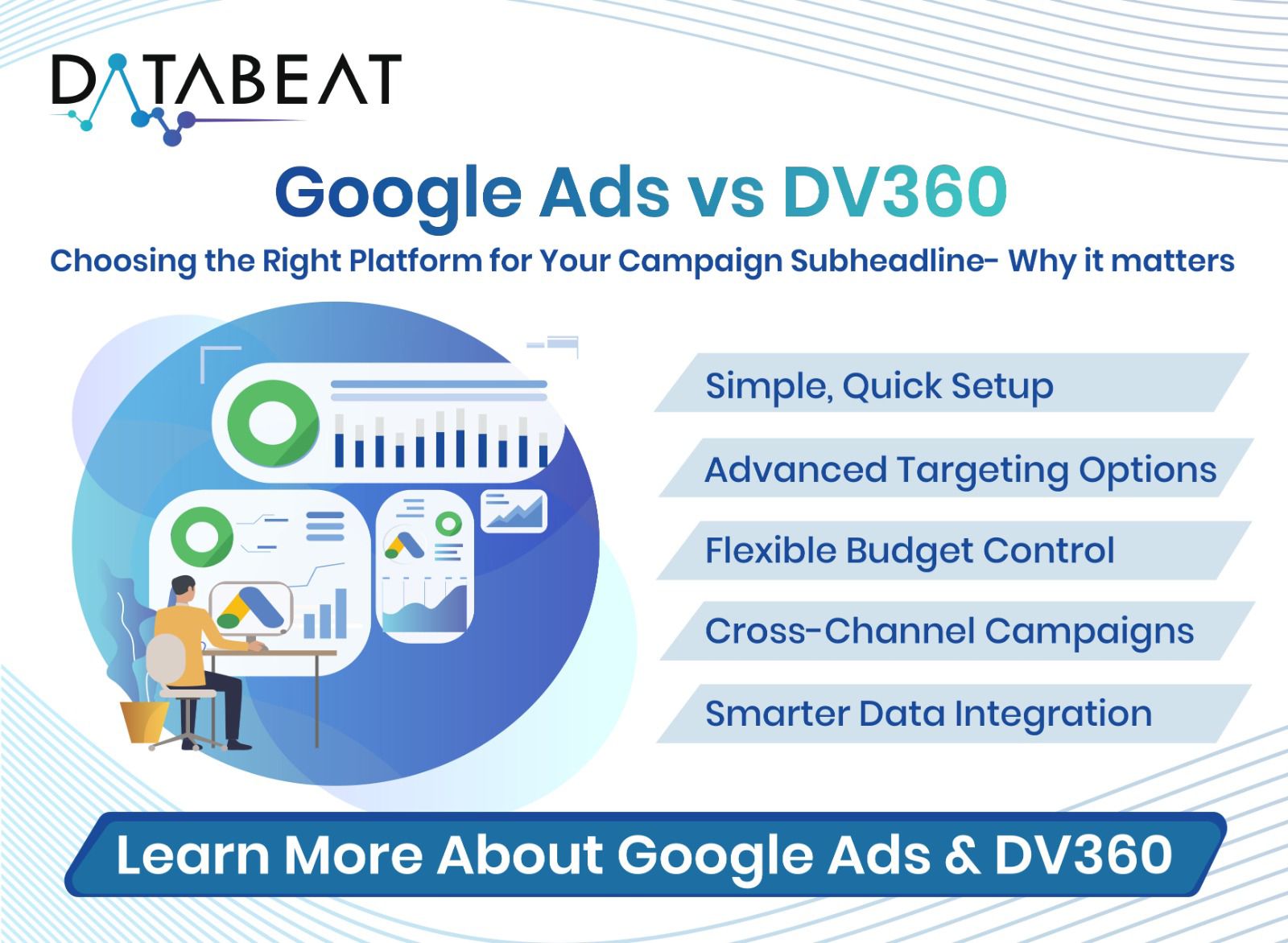
In the constantly changing environment of online advertising, selecting the best platform could be the deciding factor for advertisers. Google offers two powerful solutions – Ads and DV360 (Display & Video 360) – each prioritising different advertising needs. While both of these platforms help advertisers to utilize Google’s massive audience, they differ greatly in features, scale and in their application. Its crucial to understanding these differences in order to align their campaign goals with the ideal platform and maximize their performance.
What is Google Ads
Google Ads is a campaign management solution in which one can plan advertising campaigns and can make use of a range of Google properties like search, display networks, as well as videos on YouTube. Google Ads is an easy tool mostly designed to assist small to medium-sized business companies (SMBs), sole marketers, or even basic corporate firms needing an inexpensive solution of connecting end users with Google.
Main Features of Google Ads:
-
Simplified User Interface
Google Ads allows advertisers to easily make campaigns through the use of their simple-to-use interface, which allows advertisers to design advertisements, set budget, and select targeting options comfortably.
-
Search Ads:
Search Ads are the ads on Google Search when users make queries related to the same. This is ideal for businesses to leverage momentum when customers actively search for goods or services, facilitating more brand recall and conversion.
-
Display Network:
Google Ads permits access to the Google Display Network (GDN), which may display ads on millions of websites, apps, and videos.
-
YouTube Ads:
Google Ads provides access to advertising through YouTube ads with higher user engagement.
-
Remarketing:
Google Ads offers remarketing functionality to connect back with users who have come to your website or interacted with your content in the past.
-
Budget Flexibility:
Google Ads allows businesses to create daily budgets and control their spending on each campaign with ease.
Google Ads is a default option for most advertisers due to its ease of use and scalability. It’s especially ideal for businesses with specific goals, like lead generation or driving e-commerce sales, with an emphasis on direct response advertising.
What is DV360?
Display & Video 360 (DV360) is a more feature-rich, programmatic ad platform intended for advertisers, agencies, and larger-scale brands that require more complex marketing capabilities. Google DV360 enables users to buy, manage, and optimize digital media in a wider set of inventory and ad exchanges compared to Google Ads.
Main Features of DV360:
-
Sophisticated Audience Targeting:
DV360 enables granular audience targeting on first-party and third-party data, such as Google Analytics intelligence and other connected integrations. It supports custom audience segment definition based on interest, behavior, and demographics by advertisers.
-
Programmatic Buying:
Using DV360, advertisers have the ability to purchase ad inventory in real time with programmatic technology, which makes buying and optimizing ads automatically across platforms and networks.
-
Access to Broad Inventory
In contrast to Google Ads, which is heavier on Google-owned properties, DV360 allows the advertiser to access a broad pool of inventory, including programmatic exchanges, private marketplace transactions, and even direct publisher inventory.
-
Creative Flexibility:
DV360 accommodates a broad spectrum of creative types—display, video, and even dynamic creatives that vary based on audience activity. This makes for highly personalized and data-driven campaigns.
-
Data Integration & Reporting
DV360 is fully integrated with Google Analytics 360, Google BigQuery, and other marketing platforms to deliver rich reporting and analytics. It allows advertisers to measure performance across channels and optimize campaigns using sophisticated attribution models.
-
Cross-Channel Campaign Management:
DV360 permits advertisers to manage campaigns across disparate formats—display, video, and even mobile adverts—within a single platform. This suits brands that execute cross-channel campaigns.
DV360 is a robust platform that has flexibility and scalability, and as such, it is a perfect fit for large organizations or agencies managing complex, multi-channel campaigns with high budgets.
Strategic Application:
Google Ads is suited for:
- Immediate conversion-focused direct response campaigns.
- Advertisers who have low budgets or expertise.
- Targeting users showing immediate buying intent.
- Rapid deployment of campaigns.
- Small and medium businesses.
DV360 is suited for:
- Programmatic campaigns that demand granular management.
- Brand awareness and long-term audience engagement.
- Advanced targeting and data-based strategies.
- Agencies and large enterprises can utilize them.
- Large-scale campaigns.
Google Ads and DV360 cater to different advertising needs. Google Ads emphasizes direct response and intent-driven acquisition, whereas DV360 targets programmatic precision and brand strategy. The choice of platform must be based on particular campaign objectives and organizational needs.
How can Databeat help?
DataBeat’s team has experts with hands-on experience across Google Ads as well as DV360. They focus on implementing and running campaigns aligned to individual campaign objectives and media planning on both the platforms.
We provide services ranging from campaign operations to extensive spend analysis along with an expert optimization team that will drive performance goals and achieve the desired ROAS.



